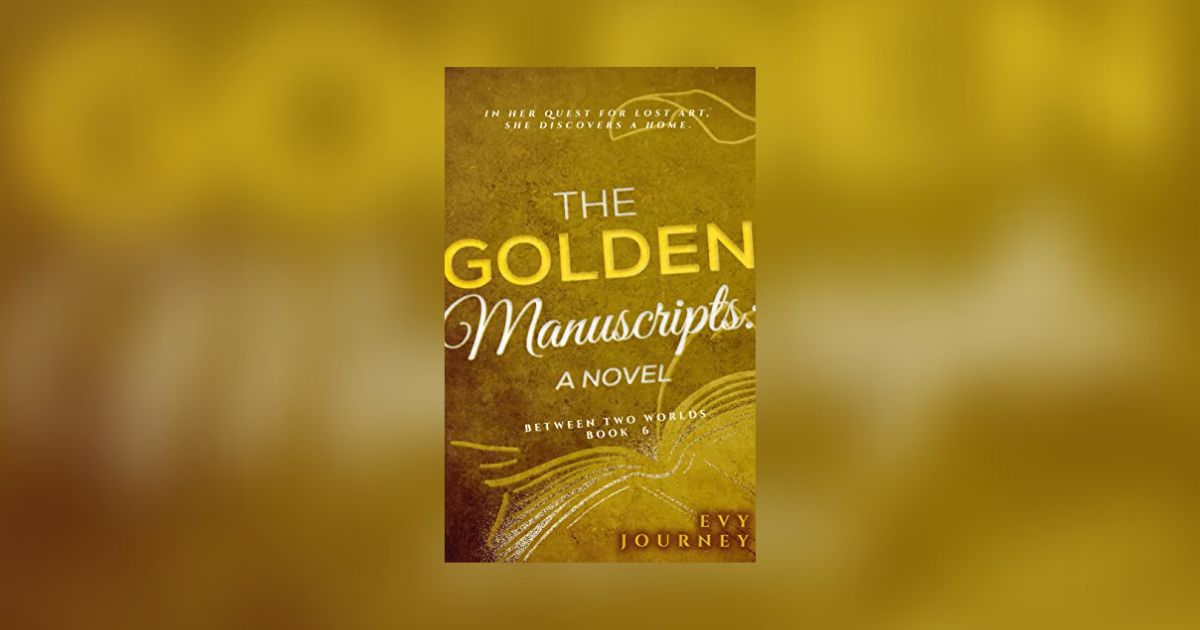Writing The Lived Multicultural Existence
The Golden Manuscripts: A Novel is the sixth book in the series Between Two Worlds. The main theme weaving through five of the six-book series is how the “Other” navigates the realities of living in two (or more) separate cultures within a society.
Who is the “Other?” The “Other” is anyone not like “Us.” That could be someone who is:
- of different ethnicity;
- an immigrant;
- raised in a culture different from the mainstream, who may have trouble blending in;
- currently living most of the time in a culture different from the mainstream;
- a combination of any of the above.
The “Other” usually lives a multicultural life. If that life is outside a multicultural setting, conflicts are likely to arise.
The clash of cultures can be so strong that choosing between the dictates of the dominant culture and the often foreign traditions in which one has been raised may make the “Other” feel like two different people. It can be an unbearable state of duality, but they can’t run away from it.
In The Golden Manuscripts, Clarissa, the main character, is an Asian/Caucasian young woman who has inhabited seven different countries by the time she’s twenty. Of the six protagonists in the BTW series, she exemplifies the extreme of what could happen to someone who grows up living in several different cultures—she has no place she could call home.
She chooses to find her home by immersing herself in the only constant element in her childhood–picture books. They nurtured a love for art, specifically, illuminated manuscripts, medieval picture books handwritten on parchment in which illustrations, decorations, and letters are gilded. It’s an art form rarely practiced nowadays, though techniques in their production (e.g., gilding) have been appropriated by some contemporary artists.
I invent multicultural characters for the obvious reason that I, myself, am one. My own experiences are reflected in those of my characters, although none of them is a fictionalized me.
I spent my early years in a country of hybrid traditions, defined by waves of colonizers and immigrants—nearly four hundred years of Spanish rule, fifty years of American colonization, and ten years of Japanese invasion. Plus waves of Chinese immigrants. You could say I was born multicultural. Today, I live in a veritable melting pot, and I love to travel to keep experiencing other cultures.
My characters also tend to turn inward, a coping mechanism that can be triggered by social milieus we perceive as new, or strange, or where we have difficulty fitting in. Clarissa’s best friend, other than her brother, is herself who she refers to as “her inner voice:”
“I have no one I call friend. Except myself, of course. That part of me who perceives my actions for what they are. My inner voice. My constant companion and occasional nemesis. Moving often and developing friendships lasting three years at most, I’ve learned to turn inward.”
Sign up for our email and we’ll send you the best new books in your favorite genres weekly.
























































![Key Metrics for Social Media Marketing [Infographic] Key Metrics for Social Media Marketing [Infographic]](https://www.socialmediatoday.com/imgproxy/nP1lliSbrTbUmhFV6RdAz9qJZFvsstq3IG6orLUMMls/g:ce/rs:fit:770:435/bG9jYWw6Ly8vZGl2ZWltYWdlL3NvY2lhbF9tZWRpYV9yb2lfaW5vZ3JhcGhpYzIucG5n.webp)

















